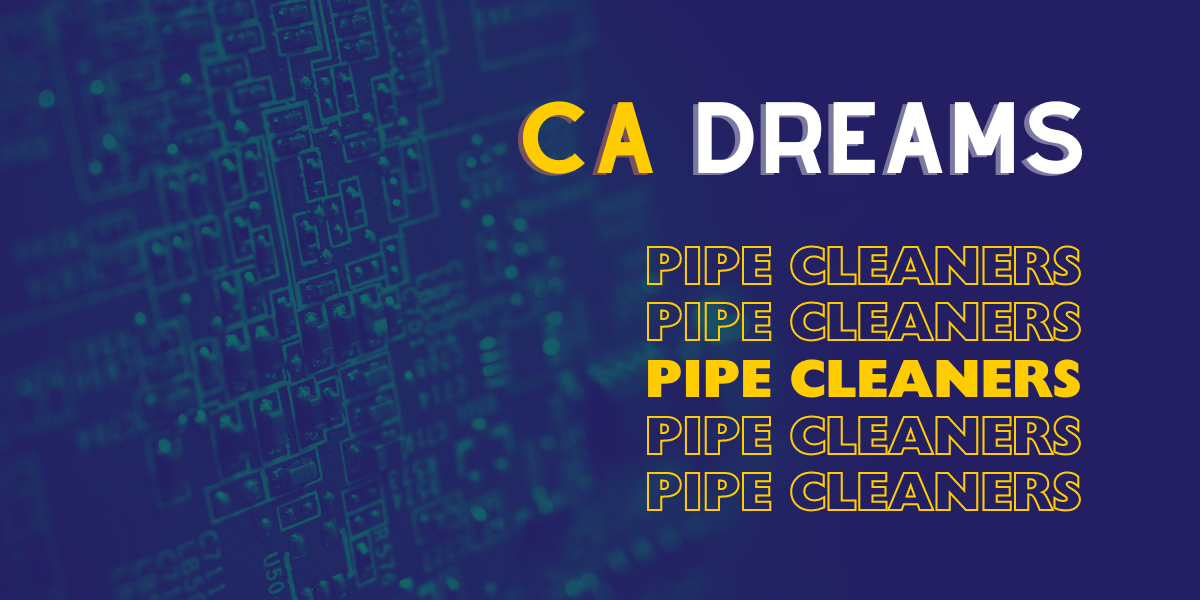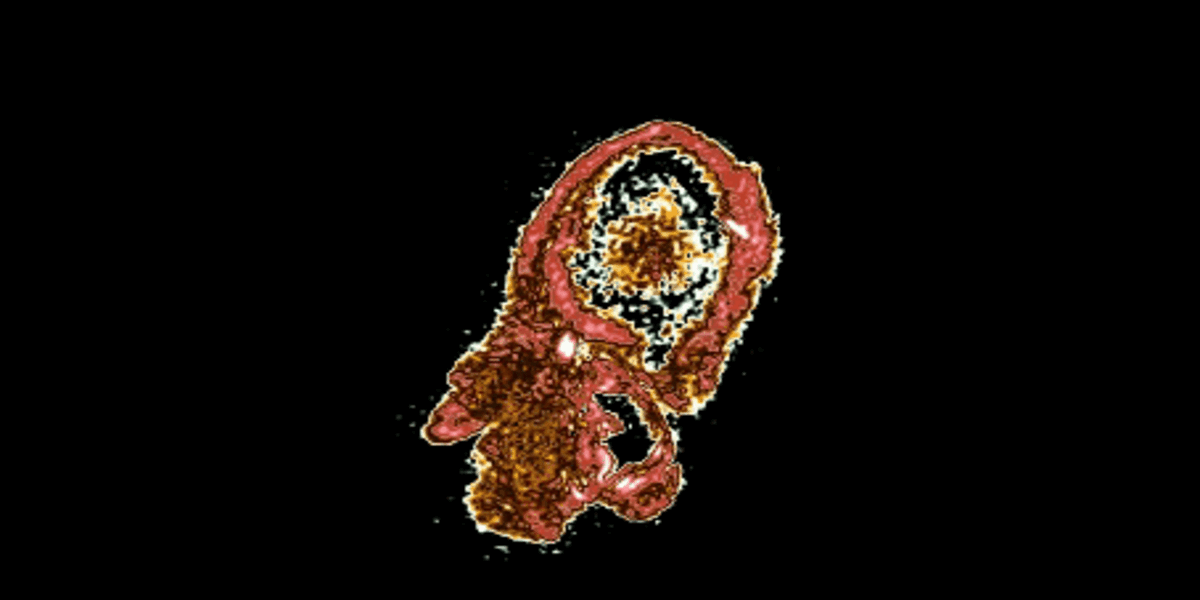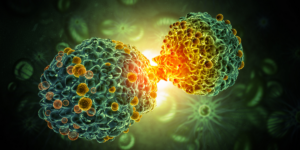
California DREAMS Pipe Cleaners
Part of the promise of the California Defense Ready Electronics and Microdevices Superhub (CA DREAMS), led by USC Viterbi’s Information Sciences Institute, is to facilitate the acceleration of breakthroughs and solutions through a lab-to-fab model — where university nanofabrication laboratories work closely with larger manufacturing facilities. The interplay between these partners is vital to the Superhub’s goals. Our series, Pipe Cleaners, demonstrates those collaborations.
An engineer from USC and an engineer from Northrop Grumman walk into an elevator. The two strike up a conversation, and in the short time it takes to arrive at their destination, a new collaborative Pipe Cleaner project is born.
Rehan Kapadia and Augusto Gutierrez-Aitken forged one of the earliest DREAMS working relationships last fall in that elevator at the USC Information Sciences Institute. Because of the DREAMS infrastructure, their Pipe Cleaner project that would normally take up to a year is only taking mere months to show results.
Before that chance meeting, Gutierrez-Aitken, a Fellow at Northrop Grumman, had not yet met Kapadia. “My goal was just to get to the top floor that day,” he said with a laugh.
“We started talking, and he basically mentioned they had a need for being able to do patterning on already fabricated chips — essentially, to carry out heterogenous integration,” said Kapadia, the Colleen and Roberto Padovani Early Career Chair in Electrical and Computer Engineering at the USC Viterbi School of Engineering.
Working together, faster
There was a direct laser writing tool at the USC John O’Brien Nanofabrication Laboratory that Northrop Grumman wanted to test. Kapadia and his team were happy to oblige. Northrop Grumman was trying to develop a process to deposit micro bumps on silicon complementary metal-oxide-semiconductor (CMOS) chips that already existed.
“By doing that, we can use chips from multi-project wafer runs, which significantly reduces the cost,” Gutierrez-Aitken said. “We can also use existing chips that are already fabricated, and we can reuse chips in different integration packages. Because of Northrop’s expertise in advanced manufacturing, we are always looking for ways to drive down demonstration cost and reduce development times – and this achieves that for prototypes and products.”
Within days of the elevator meeting, Northrop Grumman shipped their test chips and emailed a layout pattern they wanted to the USC team to pattern and deposit the micro bumps on those chips. After Kapadia and his team conducted several test runs, they were able to demonstrate the tool could achieve the desired result.
“This tool is typically used for other applications, not to deposit these small patterns on chips,” Gutierrez-Aitken said. “But very quickly they showed the tool could do a very good job on this.”
Combining strengths
“The challenge with this is that if you hadn’t already designed everything to do that beforehand, then it’s extremely expensive, costly and has a long lead time to carry out this entire process,” Kapadia said. “What we wanted to do is come up with a more rapid, low-cost process that could be made to test custom integrations.”
Because of the smaller, more nimble abilities of a nanofabrication laboratory, USC was able to quickly test the hypothesis. “In our case, since we don’t have those administrative barriers, all it really took was the technical discussions to get it kicked off,” Kapadia said. “USC and Northrop were able to operate as one internal team because of how the Hub functions.”
The initial demonstration took about two weeks. Had the Northrop Grumman team done it alone, reaching these early milestones might have taken months or even a year because of various administrative steps, Gutierrez-Aitken said. “It was just amazing to see the speed of this little project. The big difference here is that California DREAMS has already established all that collaboration infrastructure to begin with.”
New possibilities
Work on this Pipe Cleaner continues, but it is nearing the end phase. Finishing the proof-of-concept has accelerated Northrop Grumman Microelectronics Center installation of the tool in their own foundry, and they plan on offering this breakthrough capability to customers soon.
Kapadia, who is co-director of MOSIS 2.0 within DREAMS, marveled at how productive meeting regularly with Hub Partners has been — creating vital “watercooler” conversations. “You can make these offhand remarks about a problem you’re having, and there might be other people who can step in immediately with a solution,” he said.
Gutierrez-Aitken agreed. “This is really a demonstration of the whole opportunity that the Microelectronic Commons presents. They want us to accelerate lab-to-fab — from university labs to Defense Industrial Base fabs. And we are achieving some amazing early results.”
Published on October 10th, 2024
Last updated on October 10th, 2024













